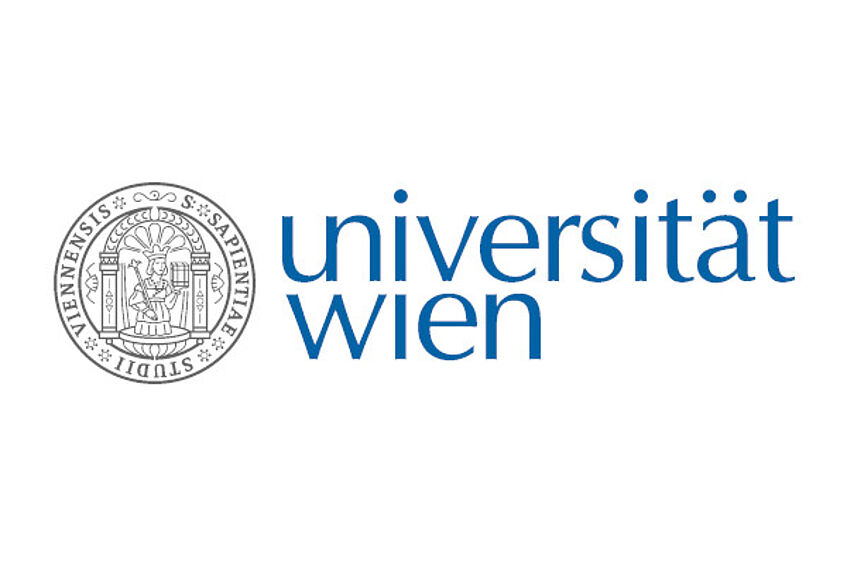Sponges as nutrient sources and sinks in the marine ecosystem
Sponges are major constitutes of coral reef and deep sea communities. They excrete high amounts of ammonium and, due to the activity of associated microorganisms, nitrite and nitrate; these are essential nutrients, and sponges are thus considered as important nutrient sources in the marine ecosystem. A team of researchers from CGB, the Max Planck Institute for Marine Microbiology in Bremen (Germany) and the University of Vienna (Austria) have recently discovered an alternative role of sponges: under certain conditions, sponges transform these nutrients to elemental nitrogen and thereby remove them from the system; these sponges function as nutrient sinks in the ocean.
Mass occurrences of giant sponges in the deep sea may play an important role for nitrogen mineralisation in the ocean: dependent on the activity of different groups of associated microorganisms, sponges can either add or remove nutrients from the marine ecosystem. The giant Geodia barretti at the right is approx. 50 cm in diameter.
The nutrient sink function happens by a complex interaction between the metabolisms of the sponge and its associated microbes: By modulating their ventilation behaviour, sponges can regulate their internal oxygen concentration, facilitating both aerobic (oxygen-dependent) and anaerobic (not oxygen-dependent) processes. Under aerobic conditions, nitrifying microbes transform ammonium to nitrite and nitrate. When the sponge body turns anoxic as a result of reduced pumping activity, other microbes take over: denitrifyers reduce nitrate to elemental nitrogen, while anaerobic ammonium oxidizers (anammox bacteria) combine nitrite and ammonium to form elemental nitrogen. As a result of both processes, the nutrients ammonium and nitrate are removed from the marine system.The international research team quantified the process rates and identified the involved microbes in the sponge Geodia barretti, one of the most common sponges in cold water communities. They hereby provided the first proof for parallel nitrification, denitrification and anammox in an animal, and concluded that in areas with high sponge cover, for example sponge mass occurrences in the Arctic deep sea, sponge-mediated nitrogen mineralisation might even exceed sediment processes.
Reference: Friederike Hoffmann, Regina Radax, Dagmar Woebken, Moritz Holtappels, Gaute Lavik, Hans Tore Rapp, Marie-Lise Schläppy, Christa Schleper, Marcel Kuypers (2009) Complex Nitrogen cycling in the sponge Geodia barretti. Environmental Microbiology
Duration: 01.10.2007-30.09.2010
Funding agency: Initiative Groups at the University of Vienna
Participants: Christa Schleper, Regina Radax
Publications:
Radax R, Rattei T, Lanzen A, Bayer C, Rapp HT, Urich T, Schleper C (2012) Metatranscriptomics of the marine sponge Geodia barretti: tackling phylogeny and function of its microbial community. Environmental Microbiology. 14(5): 1308-1324. doi: 10.1111/j.1462-2920.2012.02714.x.
Radax R, Hoffmann F, Rapp HT, Leininger S, Schleper C (2012) Ammonia-oxidizing archaea as main drivers of nitrification in cold-water sponges. Environmental Microbiology 14(4): 909-923. doi: 10.1111/j.1462-2920.2011.02661.x.

